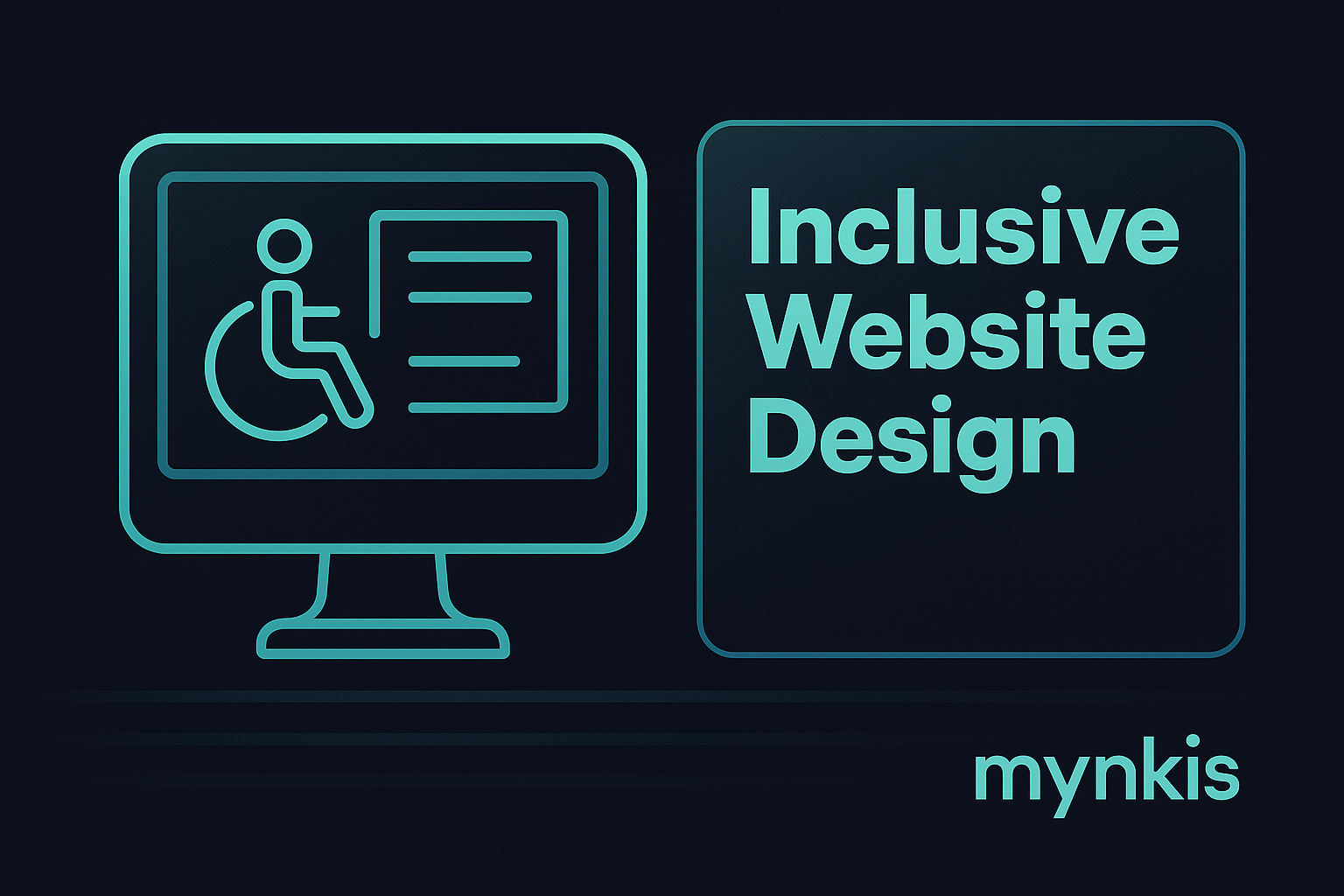Schedule a Demo
I've worked with numerous businesses, from startups to S&P 500 companies, and a common challenge they face is ensuring their digital platforms are accessible to everyone. In the realm of real estate, this is no less crucial. Brokers seeking to enhance their online presence with property listing websites that are both SEO-friendly and accessible have to pay special attention to compliance with the Americans with Disabilities Act (ADA) standards.
ADA compliance isn't just about adhering to legal requirements; it's about creating a truly inclusive environment. The recent guidance on digital accessibility from the U.S. Department of Justice underscores its importance. Websites that meet ADA standards not only foster inclusivity but also widen your customer base, attracting users who might otherwise navigate away from non-compliant sites. For real estate professionals, this translates into better reach and potentially higher conversions from all sectors of the population.
To ensure your property listing website aligns with ADA standards, you need to understand the core elements involved. Text alternatives for images and videos are vital—think 'alt' tags for images that describe the content accurately for screen readers. Moreover, building an accessible navigation structure helps users with different abilities to move through your site with ease.
In addition to text alternatives and navigation, adequate color contrast is essential for users with visual impairments. The Web Content Accessibility Guidelines (WCAG) stipulate a contrast ratio of at least 4.5:1 for normal text, according to the World Wide Web Consortium (W3C). Implementing such standards isn't just a checklist exercise; it's about creating a user-friendly experience.
From an SEO perspective, ensuring ADA compliance can boost your website's ranking, particularly for local queries where accessibility features might be an important user consideration. Search engines like Google take note of elements like structured data and descriptive content, both of which are critical for accessibility and SEO. A property listing that's clearly described not only aids users with visual impairments but also provides the rich snippets that Google loves.
Brokers looking to design property listing websites should consider integrating accessibility widgets that enhance user experience without complicating the site's functionality. For instance, a widget that allows users to change text size or enable a monochrome high contrast mode can be transformative. Using semantic HTML, where the code clearly labels each element with its function, supports both SEO and user accessibility effortlessly.
I've noticed that when clients request features like keyboard navigation and skip links, their visitors who rely on these options greatly appreciate it. These features allow users with motor disabilities to access content quickly and efficiently, enhancing both satisfaction and engagement on their property listing sites.
Take, for instance, a well-known real estate portal that integrated an accessible search filter system. The addition of labeled dropdowns, which can be navigated via keyboard, ensures that users with disabilities can search for properties with the same ease as others. Additionally, the portal uses semantic markup, making it easier for search engines to understand and index the content, thereby improving local query visibility.
One best practice I advocate for is regular accessibility audits. Tools like WAVE or Axe are invaluable in pinpointing areas where your website might not meet ADA standards. Beyond initial compliance, these tools help ensure ongoing adherence as you update or expand your digital offerings.
Meeting ADA standards does present challenges, especially for businesses juggling multiple priorities. However, the opportunity to reach and serve a broader demographic far outweighs the initial cost. Consider the insights from the ADA National Network, which emphasizes the economic benefits of accessibility compliance. In real estate, where competition is fierce, an accessible site can be a key differentiator.
The integration of ADA-compliant features offers a unique chance to stand out in search results. Property listings that describe the amenities, location, and features comprehensively not only meet accessibility standards but also improve SEO. I've observed that the more inclusive your website, the more likely it is to appear higher in local search results, reaching more potential clients with minimal to no geographic restrictions.
The landscape of website accessibility is evolving, with AI and machine learning playing increasingly significant roles in optimizing user experiences. Features like voice navigation and automated text descriptions for images are on the horizon, showing how technology can further enhance ADA compliance. Staying abreast of these trends is crucial for staying competitive and ensuring your property listing websites continue to meet user needs.
I recommend keeping up with resources like the W3C to understand how future web standards might influence your website design. Embracing these advances not only showcases your commitment to inclusivity but also positions your business at the forefront of the digital real estate market.
ADA compliance doesn't end with a checklist; it's an ongoing journey towards inclusivity. For real estate professionals, embracing ADA standards means enhancing both accessibility and SEO, catering effectively to a diverse customer base, and staying ahead in the ever-evolving digital landscape.
